|
This blog post contains affiliate links to sponsored products on Amazon.com in an effort to help me maintain this blog. If you’ve been following this blog, you’ll know that for the past few years I’ve been doing a series on Prague day trips, roughly defined as trips you can do in one day (although a few places I’ve covered either deserve an overnight stay). I started this series during the pandemic, and that means that the destinations I initially covered were, out of necessity, places within the Czech Republic because travel beyond its borders was either impossible or not safe. But there are some international destinations you can do in a day from Prague, as well, and at the top of that list is Dresden. Not only is Dresden historic and beautiful, but it’s also close and easy to get to from Prague: Direct trains to Dresden leave Prague’s main station every two hours for most of the day, and they will get you there in about two and a half hours. When you arrive in Dresden, you’re just a 20-minute walk from the historic center of the city (and you’ll pass some good shopping along the way, to boot!). Like much of Germany, Dresden suffered significant damage during World War II. And at the end of that horrific conflict, one of the worst bombing campaigns of the war saw incendiary bombs dropped over the city setting it aflame, resulting in the destruction of much of Dresden’s historic center. After the war, however, a much of Dresden’s center was rebuilt, and a visit to the old part of town today offers a display of some of Dresden’s most remarkable structures. Worth the Trip!Before you get there, however, you’ll already get a treat: One of the best parts about a trip to Dresden is not even in Dresden - it’s the train ride you take to get there. The route travels along the Vltava (Moldau) river as it flows north from Prague. Near the town of Mělník, the Vltava merges with the Elbe and follows it as it winds through mountains and sandstone cliffs almost all the way to Dresden. Czech Switzerland?The mountainous region on both sides of the Czech-German border is incredibly beautiful, and each country’s name for their respective parts of the area reflects this: “Czech Switzerland (České Švýcarsko) on the Czech side and “German Switzerland” (Deutsche Schweiz) on the other. This whole area is a favorite hiking destination for people from both countries - and for visitors from elsewhere, too. The train ride gives you but a taste of what’s in store if you were to take a hiking trip here, but the journey is quite impressive on its own. You’ll pass medieval castles perched atop cliffs, and the river is lined with a bike path almost all the way to Dresden. You’ll envy the bikers riding between the cliffs and will wish you were biking on the river, too! A Movie SetBefore reaching the German border, you’ll pass Hřensko on the right, a quaint Czech town built into a gorge. Not far from here some of the scenes in “The Chronicles of Narnia: The Lion, The Witch And The Wardrobe” were filmed , specifically at the Pravčická Brána stone arch and the Tiské Stěny (the Tisa Walls). Also on the right you’ll see the spa town of Bad Schandau and will get a great view of some of its historic architecture as well as its 19th-century grand hotels with huge terraces that overlook the river. This area, after all, is where Wes Anderson filmed his famous movie about Central European spa life, “The Grand Budapest Hotel.” Bad Schandau boasts the actual cuckoo clock-style lookout tower (or historic elevator, really: Historischer Personenaufzug) that features so prominently in the film. Eagle-eyed travelers might catch a glimpse of it from the train. A little further up from Bad Schandau, the medieval town of Pirna lies on the left side of the train, with its pointed, cramped tile-covered rooftops. Pirna was one place of inspiration for the painter Bernardo Bellotto, the nephew and student of Canaletto, the (more) famous Italian painter. Incidentally, Bernardo was his uncle’s student and was also known as Canaletto. It won’t be long after you pass Pirna before you roll into the Dresden Central Station (Dresden Hauptbahnhof). The station itself is a glorious nod to grand European train stations of days past, and its renovation has turned it (back) into a showstopper. Glimpsing the station from the train window as you approach it, you’ll get the sense that you’ve “arrived.” When you exit the train, the historical center of Dresden – Altstadt (Old Town) and Innere Altstadt (Inner Old Town) are a relatively short (15 to 20-minute) walk away. Look for Prager Strasse (Prague Street) when you exit the station (it lies to the right of the direction in which your train was traveling). If you don’t want to walk, there are several trams that you can take from the station to the historical center. Tip: There’s a tourist information office at the train station and one in town. They should be able to assist you with tram tickets, maps, etc. As you walk, you’ll quickly realize that Prager Strasse is a main shopping drag in Dresden. The soviet-era East German block-like buildings have been transformed into modern stores and hotels. But if you look closely enough, you can see their Soviet roots. Eventually you’ll reach a large, multilane crossroad with lots of traffic and tram stops, too. This indicates that you’re at the edge of Altstadt (Old Town). Cross the street and continue in the same direction on Seestrasse and soon Dresden’s landmarks will begin to come into view. Along Seestrasse, an imposing yet attractive building will be on your left. It houses an equally imposing shopping mall, the Altmarkt-Galerie Dresden. Toward the building’s end it faces the Altmarkt (the Old Market), a huge square where Dresden’s main Christmas market is held each year. Across from the southeast corner of the square sits the Holy Cross Church (Kreuzkirche), and behind it is Dresden’s impressive town hall (Rathaus Dresden). The church’s 92-meter (300-foot) tower rises above the old city, while the town hall makes an impression, too. The interior of the Kreuzkirche is worth a look.
The above is a sponsored link from amazon's Affiliate Program. At the opposite (northwest) end of the square will be another large multilane crossroad, and yet more tram stops. Across them lies the Palace of Culture (Kulturpalast). Every former communist city of any size and worth has one (including Prague)! Though it’s also undergone a re-do, you can’t help but notice the characteristic Soviet design (one long, low, disproportionate, plain rectangle). Once you’ve crossed this large road, you’ll be in the Inner Old Town. Here, the streets will be denser and so will the population of tourist attractions. Walking along Schloßstraße, with the Palace of Culture on your right), the large Neumarkt square can be found to the right/east. This is the site of the famous Frauenkirche (Church of Our Lady), whose unique visage stands alone to the northeast of the square. The church is one of the most recent sites to be rebuilt (completed in 2005), and the stark contrast in color of the stones making up its façade gives away the fact that it is largely a reconstruction. The original stones are a dark brownish gray and are very few in number indeed, whereas the new ones are a marble white. I suspect not obscuring the old stones by cleaning or otherwise matching the color of all the stones was done on purpose in order to show the extent of the destruction the Frauenkirche suffered. The unique shape of this church made it a gem of Baroque architecture (the original Baroque church was completed in the middle of the 18th century, according to Wikipedia), and the fact that it lay in ruins for decades following the Second World War made it a symbol. Once the government decided to undertake the church’s painstaking reconstruction, it took over a decade. Its completion marked a completion, of sorts – of the war and its Cold War aftermath and of the reunification of Germany. The statue of Martin Luther in front of the church lets you know that this is a Protestant church. Bratwurst and Beer, Castles and KingsThe Neumarkt is lined with restaurants and outdoor cafes, so if you’ve worked up an appetite from shopping in the Altmarkt-Galerie, this is a good spot to find a place to eat (especially if it’s warm and the sun is out). But save room for dessert and coffee at the end of your day at the nearby Coselpalais Restaurant & Grand Café. It’s a truly Old World Central European café, and the quality of the cakes matches the quality of the palace where they’re served. From the Neumarkt there are several directions you can take that will lead you to significant historical sites. To the upper left (northwest) of Neumarkt is Augustusstraße, home of the famous Fürstenzug – an enormous outdoor wall of ceramic tiles picturing Saxon rulers. The original monument was created in the late 19th century, but in the early 20th, the tiles were replaced with new ones made of the famous Meissen Porcelain. Remarkably, they survived the 1945 bombing of Dresden. Behind the wall of tiles is a 16th-century courtyard called the Stallhof, now home of one Dresden’s most popular Christmas markets. At the end of Augustusstraße lies the Georgentor, and behind it is Dresden Cathedral (Kathedrale Sanctissimae Trinitatis or Cathedral of the Holy Trinity). Originally built by Dresden’s Catholic leader Augustus III in the 18th century, the king included a handy walkway to his home in Dresden Castle (Residenzschloss). Rebuilt in the early 18th century after a fire, it was later redone in a neo-Renaissance style. The “Balcony of Europe” And a Museum "Quarter"From the cathedral, turn right onto Schlossplatz where you’ll get a view of Dresden’s Semperoper in 19th-century Baroque Revival style on your left and Brühl's Terrace (Brühlsche Terrasse) on your right. You can ascend the stairs to the terrace overlooking the Elbe for one of the loveliest strolls anywhere. It’s no surprise that this Renaissance terrace is called the “balcony of Europe.” Many a painter and photographer have set up their easels and tripods here. Taking this promenade will take you to what I call “museum row:” the Kunsthalle im Lipsiusbau, the Albertinum, and the New Masters Gallery (SKD | Galerie Neue Meister), all excellent art galleries, await you here. Continuing east beyond the galleries will take you to the Dresden Synagogue or the New Synagogue. Completed in 2001, it stands on the site of an earlier synagogue which was destroyed during Kristallnacht. The Zwinger and the Green VaultThe views of the Elbe and the cathedral from Brühl's Terrace are spectacular, but there’s more. The Zwinger (Dresdner Zwinger) is behind the cathedral and to the left of the opera house. This early 18th-century palatial complex in the Baroque style was meant to be an entrance court of a planned new castle, but the plan was scrapped when its mastermind, Augustus the Strong, died. The Zwinger is adorned with jewel-box-like domes and crowns covered with gold. In its courtyard has a garden and a pavilion (the Wallpavillon Zwinger). And to top it off, the Zwinger itself houses four museums: The Old Masters Picture Gallery (Gemäldegalerie Alte Meister), a porcelain collection (Porzellansammlung), a sculpture collection (SKD | Skulpturensammlung bis 1800) and a scientific instrument and clock museum (SKD | Mathematisch-Physikalischer Salon). And that’s not all! Probably one of the most significant museums is the so-called Green Vault (Grünes Gewölbe) located in Dresden Castle. OK, if you want to visit all of these museums, you’ll need more than a day in Dresden. But you could pick one and still do a day trip from Prague. In any case, you get the picture: Dresden has great museums, and they’re just one more reason to visit the city. Neustadt or Dessert and Coffee?As you can see, there’s a LOT to see in Dresden – and we haven’t even crossed the Elbe to New Town (Neustadt) yet! If you have time, the Neustädter Markthalle, the KONSUM-Markt (a giant food hall) and the Kunsthofpassage are all located in Neustadt. But Neustadt will probably have to wait for another visit. Now is probably a time to have your dessert and coffee at the aforementioned Grand Café in Coselpalais or to head back to the train station. Don’t forget that from the river the walk back will be about 30 minutes, so plan accordingly! Contact MeI hope you've enjoyed the post on Dresden. If you’re planning a trip to Prague and are interested in a day trip to Dresden, contact me if you want help making arrangements. Happy travels! Sources: Most of the information in this blog post is from the author's own experience and knowledge, gained from multiple trips to Dresden over many years. Some of the historical data included in this post is from Wikipedia entries. Disclaimer: The author has made every effort to obtain and provide current and accurate information. Therefore, the author accepts no responsibility for any inconvenience, loss or injury incurred by any person using this blog post or website.
0 Comments
Your comment will be posted after it is approved.
Leave a Reply. |
YOUR DONATION HELPS ME KEEP THIS BLOG GOING.
Even a small donation will help and is much appreciated! Consider making a donation today!
AuthorI am an American who has been living in Prague for two decades. After a long career in international finance, I left the business world to pursue other interests. I now work as a writer, mentor and guide to the city. Archives
June 2024
Categories
All
|
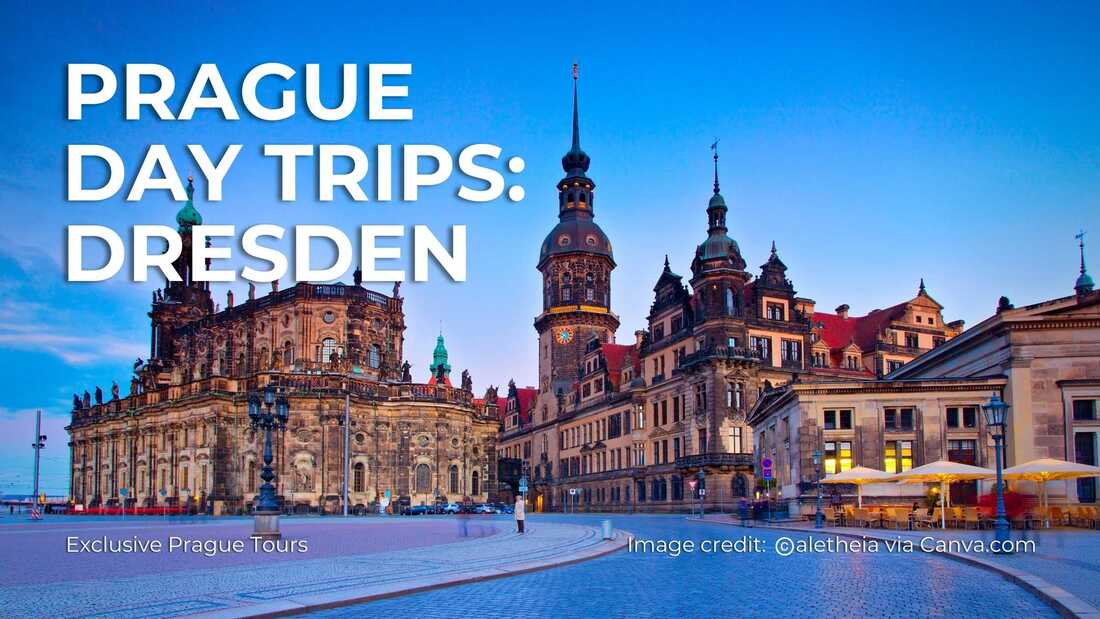
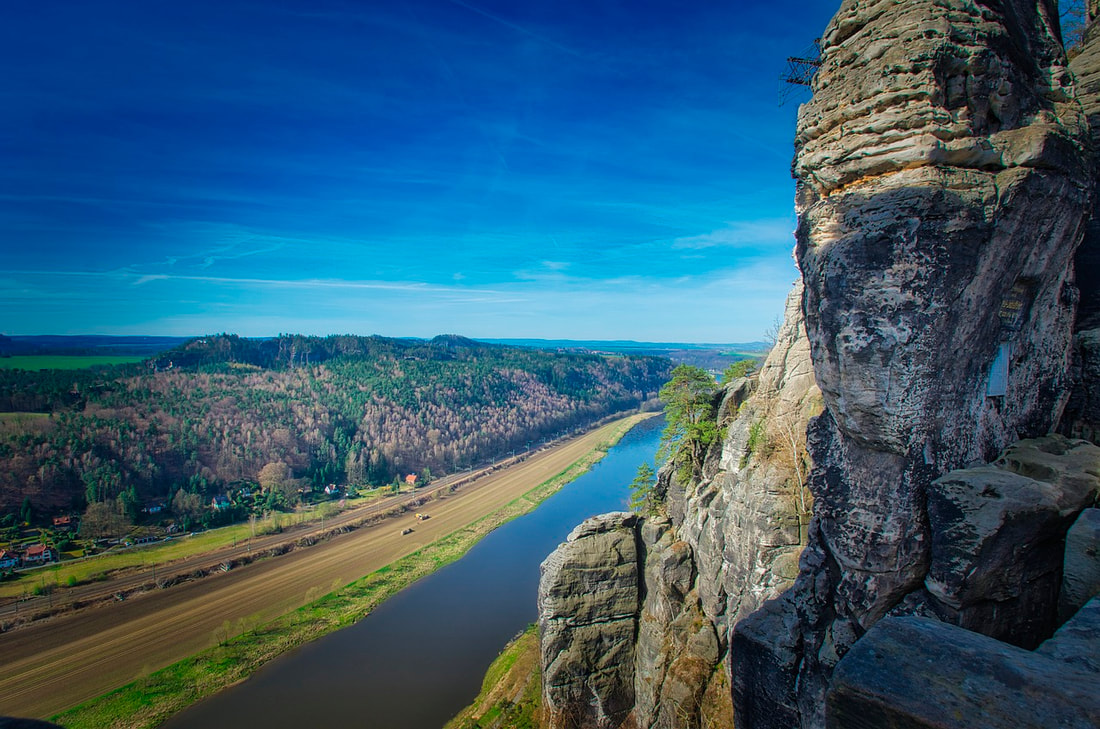
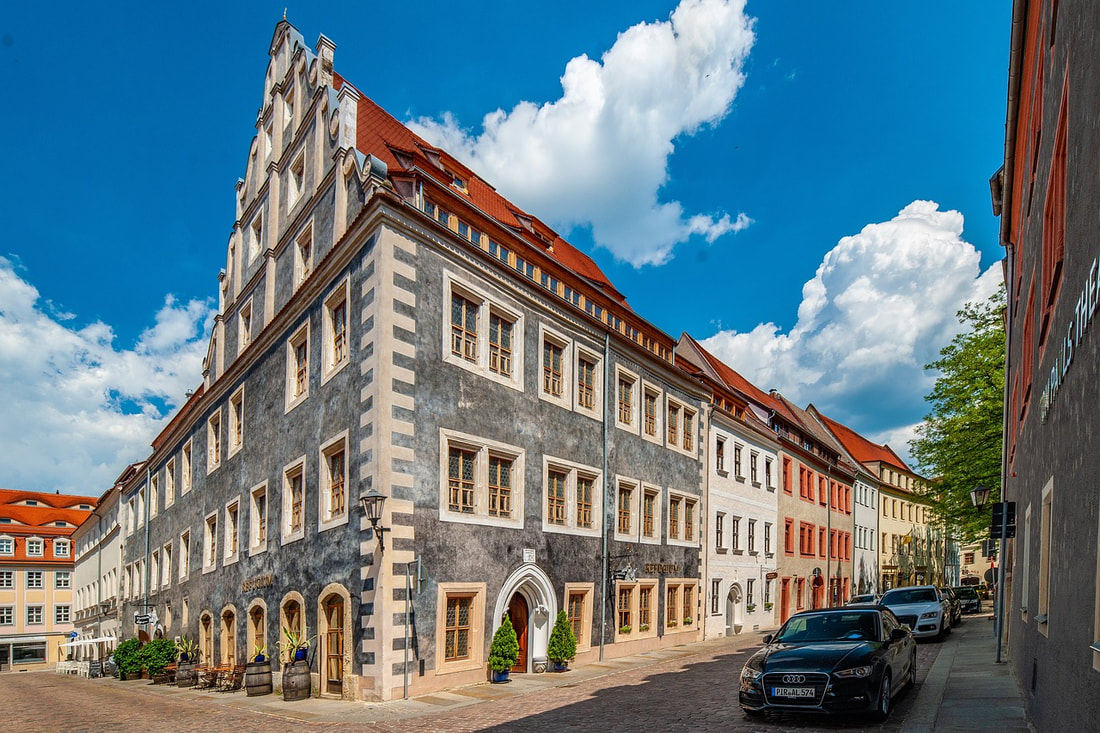

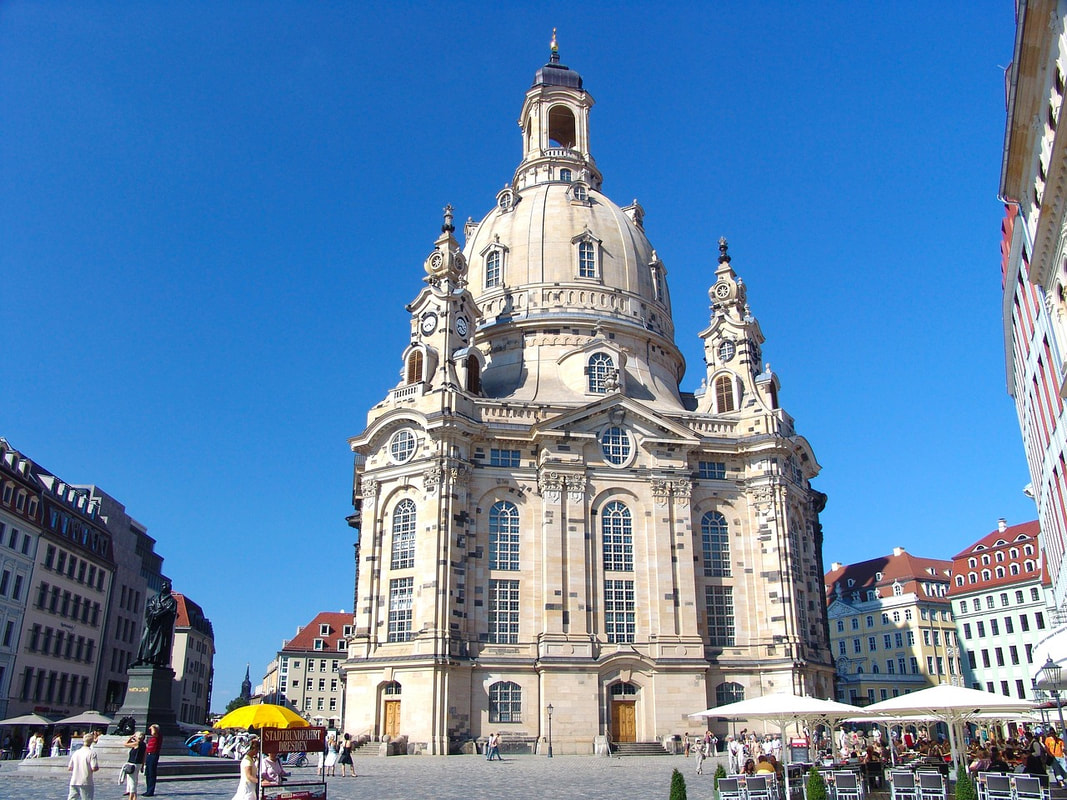

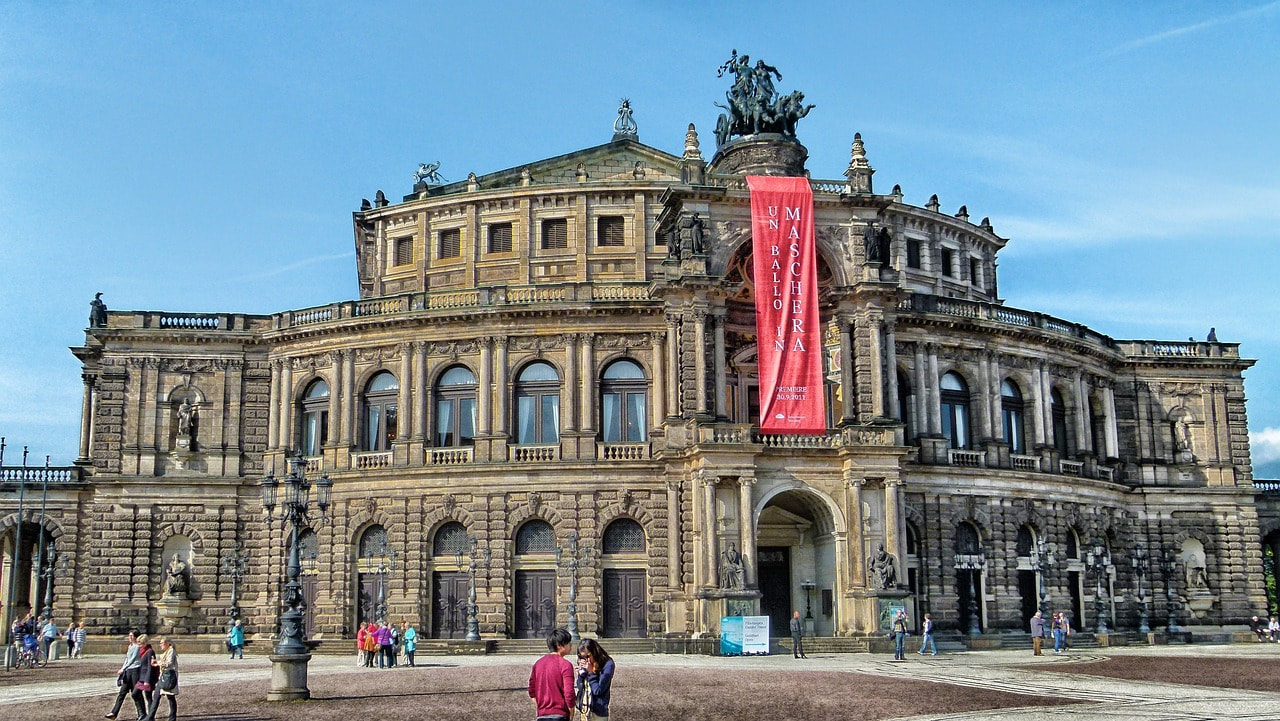
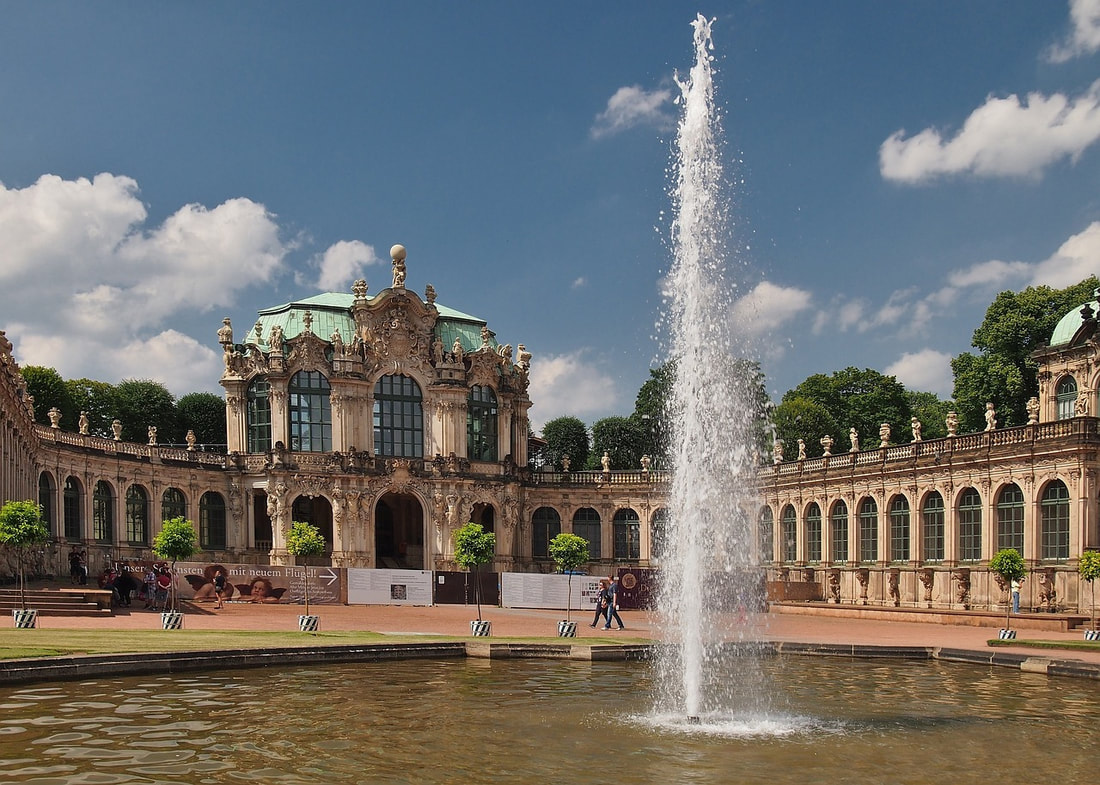
 RSS Feed
RSS Feed